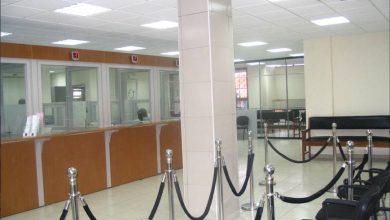Beyond unbundling of Escom
For a long time, Malawians have cried for competition or alternative players in the power market where Electricity Supply Corporation of Malawi (Escom) has been the sole player and monopoly over the past 50 years and still counting.
Except for a few who invested in solar energy or indeed stand-by power generators, uninterrupted power supply has remained a dream for one out of 10 Malawians connected to the national grid through Escom. Where power supply has not been interrupted for hours or days on end, some ‘naughty’ consumers have called Escom Faults ostensibly to report a fault after noting there are no outages.
However, courtesy of the Millennium Challenge Corporation (MCC) $350.7 million energy compact, there are interesting developments in the power sector geared at restructuring the power market. These include splitting Escom into two entities.
In many cases, monopolies have not produced the best results. The situation is worsened where such monopolies as electricity and water utilities have State links as they tend to lack a business culture. In other words, most monopolies are not customer-oriented as they know consumers have no alternatives, after-all. This tends to entrench corruption where consumers have to buy their way through to get connected to water or electricity.
Recently, I was privileged to attend a Media Sensitisation Workshop in Salima on Power Market Restructuring where, through presentations made, we learnt that Escom’s monopoly has been the single largest impediment to private sector participation, a development that has hampered access to electricity in Malawi.
With 9.8 percent or roughly one out of 10 people having access to electricity, Malawi has one of the lowest access rates to electricity. Sub-Saharan Africa in general has an access rate of 22 percent whereas South Asia stands at 60 percent and Latin America at 80 percent. For the record, access to electricity is directly linked to levels of development and economic growth.
Under the Escom split or unbundling, two companies will be created, namely Escom Generation that will be selling power to a new parastatal called Escom Transmission and Distribution or whatever name could be adopted.
On paper, all this sounds good for the sake of efficiency. However, what is not being said is how the consumer will be affected by the set-up, especially in terms of pricing.
Currently, Escom generates, transmits and distributes power to consumers. However, the new set up will see Escom Generation selling power to Escom Transmission and Distribution at, say, K10 per unit and, being a business, the latter will have to put mark-ups when selling the same to consumers. Naturally, the price will not be less than what it pays for the unit at wholesale from Escom Generation.
This is more worrisome, especially in a country where the regulator, the Malawi Energy Regulatory Authority (Mera), does not seem to have teeth to bite the regulated. What I mean is that, in most cases, Escom, for instance, has proved to be more powerful than Mera and has always gotten its way through, with the regulator rubber stamping its wishes, including tariff hikes after “road shows” coated as consultation meetings.
In terms of regulation, I am somehow relieved because the regulatory framework will also be reviewed. Perhaps this will give Mera some leverage to be the regulator it is supposed to be, balancing the interests of both the regulated and consumers. In the new set up, it would also be in order to include a representative of consumers in the Mera board to advance their interests.
For the Escom split to be a win-win situation, there will be need for strong and clear regulation.



